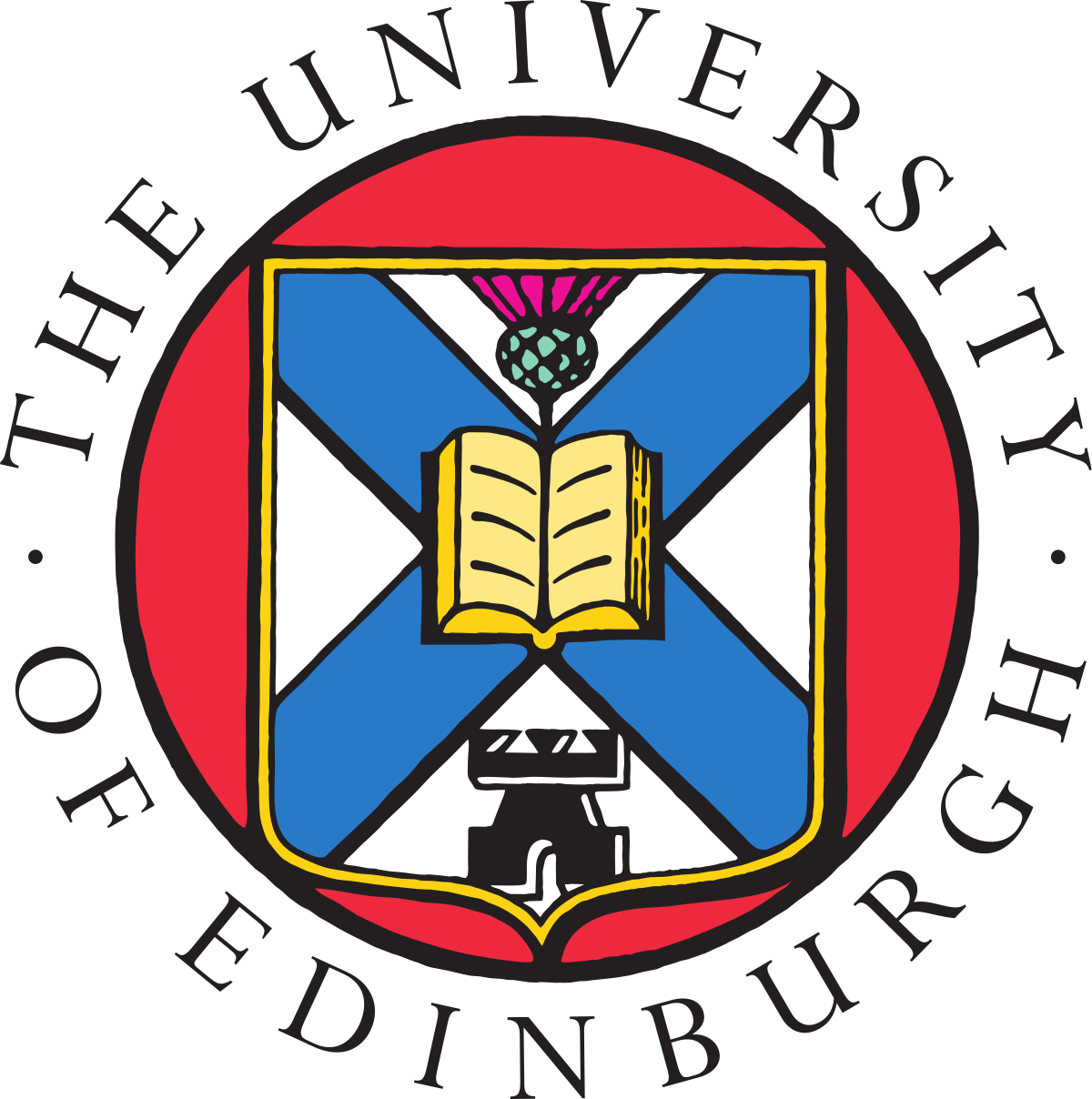University Of Edinburgh’s Carbon Capture Project Goes To Consultation
The 431-hectare site in Drumbrae, Stirling, is a part of a long-term commitment the institution has made to become carbon neutral by 2040.
The University will increase biodiversity on the site by planting woodland which will capture and store carbon to help offset unavoidable emissions caused by its activities.
Over an initial period of 50 years, by investing in the restoration of ecosystems in Scotland, the University expects to remove around 1 million tonnes of carbon dioxide from the atmosphere.
The land at Drumbrae will remain an outdoor recreational area for visitors to continue to enjoy its trails for walking and cycling.
Local communities are invited to learn more about the project and provide feedback at an in-person consultation event on Friday 25 August, 14:00-20:00, at Bridge of Allan Sports Club.
An online consultation will also take place via the website linked below from Monday 28 August to Friday 29 September.
Carbon sequestration
Carbon sequestration is the process of capturing and storing atmospheric carbon dioxide. Trees and peatlands are carbon-rich, which make them a sustainable and long-term solution to store carbon.
This approach is recognised by the UN as an important way of dealing with carbon emissions that cannot be avoided altogether, such as from air travel.
Drumbrae is the first of several planned locations where the University will create woodland and improve open habitats.
The project will also yield significant educational benefits through research, learning and teaching.
Sustainable goals
The University has set itself ambitious targets to address climate, environmental and sustainability challenges, including a target to becoming net zero by 2040.
It aims to achieve net zero by reducing its emissions wherever possible and to sequester the remaining unavoidable emissions through planting of forests and restoration of peatlands.
Commitments to reduce emissions include a complete divestment from fossil fuels, a sustainable travel policy, and improving the way University buildings are powered and heated.

